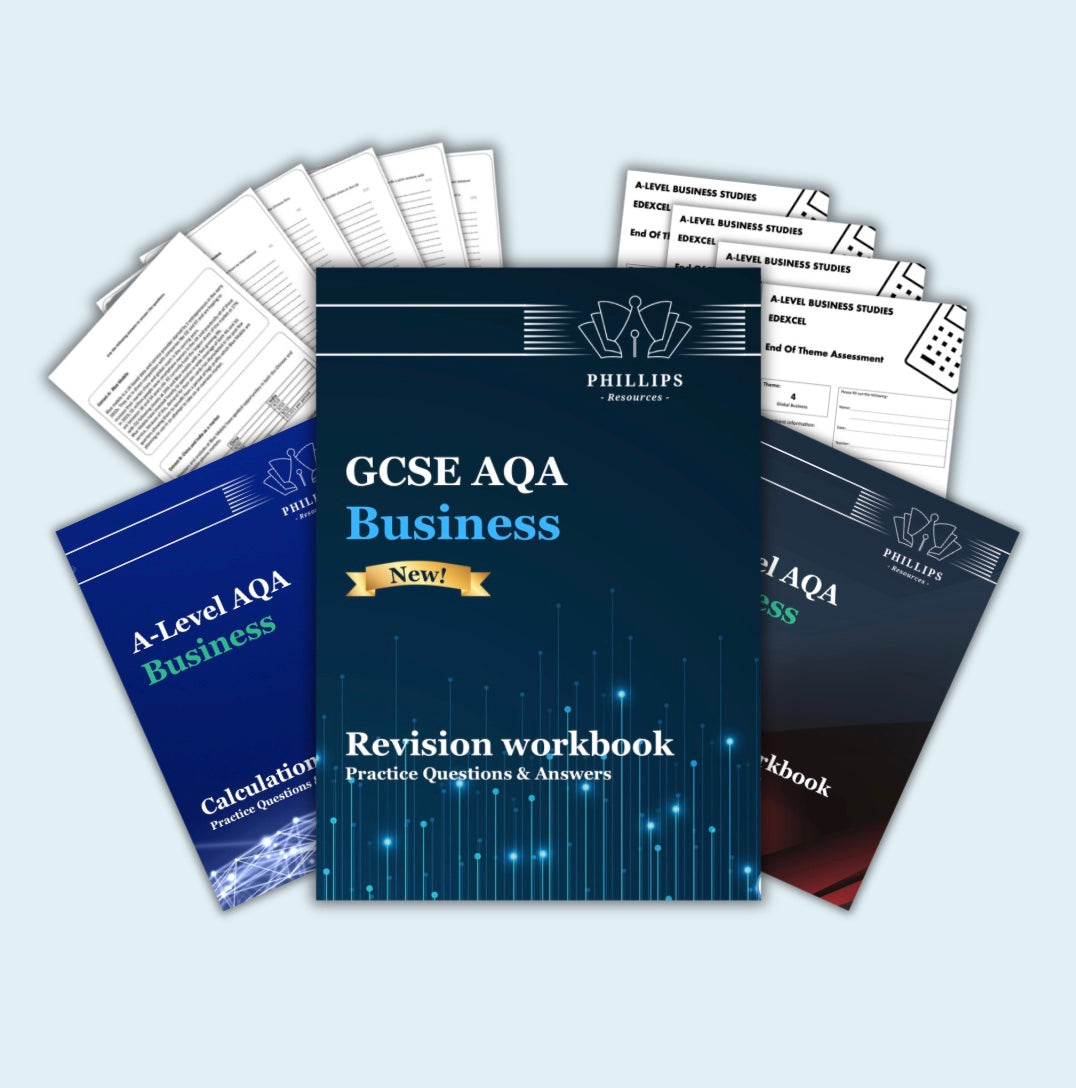As teachers, the transition back to the classroom after a half-term break can sometimes be a bit challenging. Students might be disoriented or have lost some momentum in their learning, and getting back into the swing of things can take a little time. However, with some thoughtful planning and implementation of best practices, educators can ensure a smooth and productive start after the break. Here are some strategies to consider:
1. Review and Reconnect: Start the first day back by reconnecting with your students. Take some time to ask them about their break, what they did, and if they have any stories to share. This helps to build rapport and create a positive atmosphere in the classroom. Additionally, review any key concepts or topics covered before the break to refresh students' memories and ease them back into learning mode.
2. Set Clear Expectations: Reinforce classroom rules and expectations to remind students of the behavior and conduct you expect from them. This can help to establish a sense of routine and structure, which is especially important after a break when students may be feeling a bit unsettled.
3. Plan Engaging Activities: Plan engaging and interactive activities for the first few days back to reignite students' interest and enthusiasm for learning. This could include hands-on projects, group discussions, or multimedia presentations that capture students' attention and get them excited about being back in the classroom.
4. Provide a Transition Period: Recognise that it may take some time for students to readjust to the school routine after a break. Allow for a transition period where you gradually ease back into the curriculum rather than diving straight into new material. This can help students feel less overwhelmed and give them time to reacclimate to the classroom environment.
5. Assess Student Progress: Use formative assessment techniques to gauge students' understanding and progress after the break. This could involve quizzes, class discussions, or informal check-ins to see where students may need additional support or review.
6. Offer Support: Be mindful that some students may have experienced challenges or disruptions during the break that could impact their learning. Be supportive and attentive to their needs, offering additional help or resources as necessary to ensure that all students have the opportunity to succeed.
7. Communicate with Parents: Keep parents informed about what students will be learning after the break and any important updates or events happening in the classroom. Open lines of communication can help to create a sense of partnership between teachers and parents, which is beneficial for supporting students' academic success.
8. Take Care of Yourself: Finally, don't forget to take care of yourself as well. The transition back to school after a break can be demanding for teachers too. Make sure to prioritize self-care and give yourself the time and space you need to recharge and prepare for the weeks ahead.
By implementing these best practices, teachers can help ensure a smooth and successful transition back to the classroom after half term. By fostering a positive and supportive learning environment, educators can set the stage for continued growth and achievement throughout the remainder of the school year.


